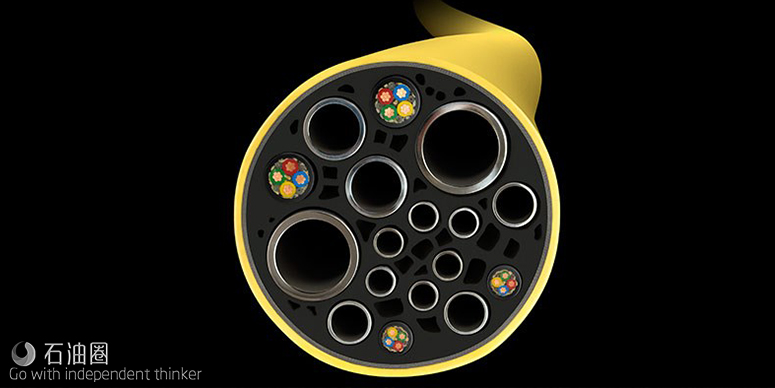C-Kore Systems has completed a successful subsea testing deployment in the North Sea, on the Greater Guillemot Area field. Faulty elements in the subsea network were diagnosed and replaced within 24 hours of the start of the fault-finding campaign. The GGA area is operated by Dana Petroleum with partner Tailwind.
C-Kore’s compact Cable Monitor Units are used on fault-finding operations and installation campaigns to test the health of electrical lines by measuring the insulation resistance and electrical continuity. With their Subsea TDR units, faults can be localised with an accuracy of 10 cm in the cables. C-Kore has recently brought out their new Sensor Monitor that can read subsea wellhead gauges and other subsea sensors directly without a control module or datalink present.
Greg Smith, general manager of C-Kore Systems added, “We have invested considerable time designing our units to be versatile, while remaining very easy to operate. Before work even begins, we work closely with our customers to ensure the tools and testing methodology are optimized for their work scope, with the aim of ensuring testing is as efficient and effective as possible.”
The C-Kore Subsea TDR is a compact automated tool for testing subsea electrical assets. It can be configured in advance by C-Kore System Ltd or set up in the field easily by the end-user. It is simple to use, automating the previously complex work of driving a TDR.
The TDR is normally used in tandem with the Cable Monitor for fault-finding. Once the Cable Monitor has narrowed the location of a fault to a single component (for example an in-field umbilical) the TDR is used to precisely identify where in the cable the fault resides. This knowledge can be used to inform repair versus replacement strategies. By measuring directly subsea, the problems of deck-based downline testing are eliminated, including impedance mismatches, offset errors, faulty downlines and the difficulty of driving the TDR correctly.
For new asset installation the TDR can be used to characterise cables for future reference and find discontinuities in impedance that have not effected the insulation resistance. As this testing is automated, vessel time and personnel requirements can be reduced to achieve cost savings. The unit can be deployed subsea to take TDR readings directly once installation is complete.
The unit is powered by a high-capacity rechargeable battery for stand-alone operation. Simple user configuration is possible with a plug-and-play USB connection to choose what the unit will test and when. Every result is data-logged and the unit has built-in software for result analysis.
Main Benefits
- Precisely locate faults and discontinuities within electrical cables
- Save vessel and personnel costs with fast automated testing
- Measure directly subsea for repeatable, reliable test results
- Safe for divers and SCMs, high-voltage permits not required
Precisely locate faults and discontinuities within electrical cables during fault-finding and characterise new components during construction campaigns.
Localise Faults
Detect the location of cable shorts, breaks and discontinuities. Identify fault types – short/open circuits, water ingress, splices.
Long Range
Measurement 20km+ possible (dependent on cable properties). Automated pulse and step-modes for long and short-range testing.
High Resolution
Locate faults with 10cm resolution, analyse with built-in software. Programmable impedance, velocity of propagation and gain.
Physical Shock
Measures impacts, acceleration and orientation changes. Logs shocks up to 200G in all 3 axis.
Temperature
Monitor environmental conditions during storage and transit. Accurate measurement over complete temperature range.
Voltage
Detect galvanic voltages and residual charge. Automatic flagging of voltage readings.

 石油圈
石油圈
